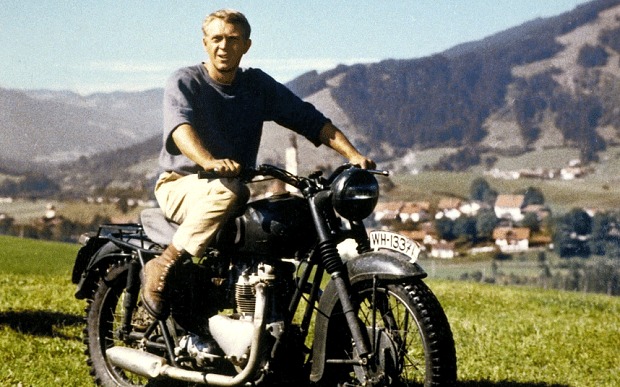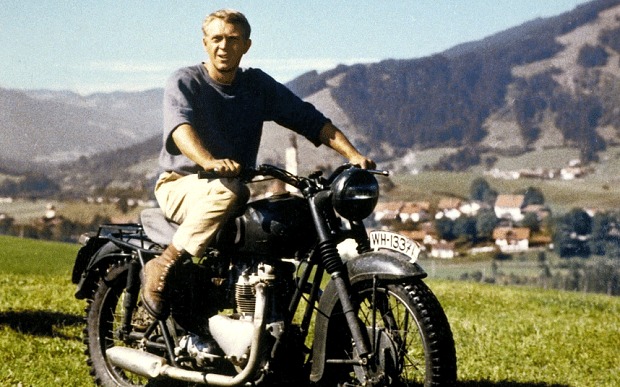It is the 50th anniversary of the Hollywood World War Two movie ‘The Great Escape’ this June.
The movie was based on a book telling the true story by Australian Prisoner of War Paul Brickhall. He was involved in the actual great escape in 1943, which took place at StalagLuft III in Zagan, Poland.
The escape was made possible by the inmates planning and digging a 330ft tunnel 30ft underground.
It truly was one of the most adventurous and courageous escape attempts of World War Two. Paul actually stayed behind in the camp because he suffered from claustrophobia and couldn’t climb through the tunnel.
73 inmates made the escape attempt through the tunnel, they realised it was just short of the forest treeline that they were aiming for. Nevertheless they continued to make a run for escape. 50 were quickly recaptured and killed by the Gestapo.
As the film portrays, hundreds of inmates at the prison were involved in the escape attempt. There were experts found amongst the prisoners for forgeries, dyed clothes, and the tunnels dug out using cutlery and boards to support the tunnel from the prisoners’ beds.
John Sturges was the film’s director with the film shot in the forest near Munich in 1962. Sturges said that he was moved to capture the story of the ultimate sacrifice and selflessness shown by the prisoners who put their lives on the line to escape and serve their country.
The movie’s budget was around US $4 million, and had originally wanted to film it in America. However it was only possible to recreate the Bavarian forest in Bavaria, so they decided to invest in filming on location in Germany. The shoot lasted three months.
Of course the stars of the movie will always be remembered from Steve McQueen, who at the time was on his journey to become a Hollywood star, James Garner, Charles Bronson, and Brits Richard Attenborough and John Leyton.
Steve McQueen’s escape on his Triumph TR6 Trophy motorbike is the movie’s most memorable scene and was the epitome of cool for the 1960s generation.
Upon release within its first year the movie made around US $12 million – the biggest movie success of the year. But it is its long-term rise and popularity that has made it a steadfast holiday TV movie favourite. It is regularly shown all over the world on TV during holiday periods or for Sunday afternoon viewing, The Telegraph reports.
Over the years the actors have been involved in many remembrance occasions and events. They have had the opportunity to meet real World War Two veterans and survivors. Today the film continues to be a reminder of the courage and sacrifice given by PoWs during World War Two, and is even inspiring a whole new generation.
There is no doubt The Great Escape will remain a classic movie that is now part of the American and British culture and World War Two remembrance.

